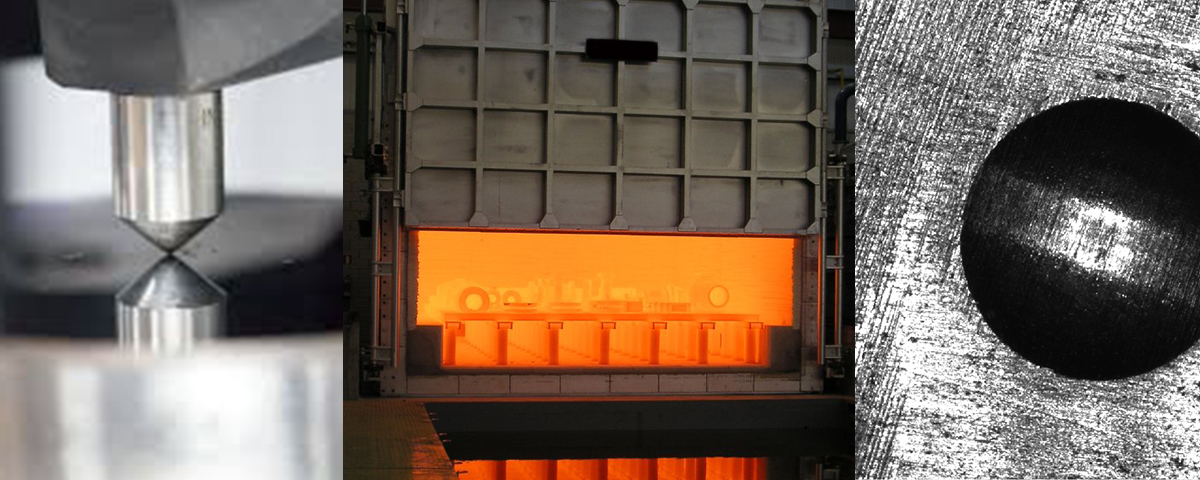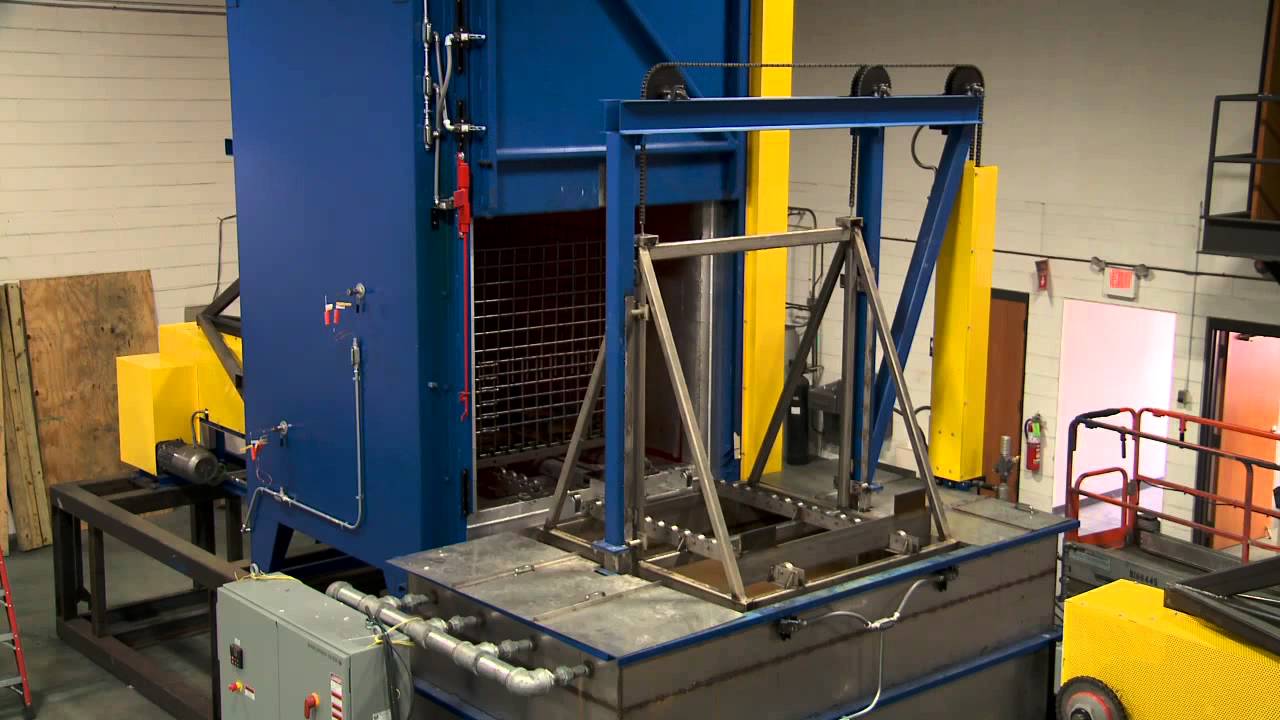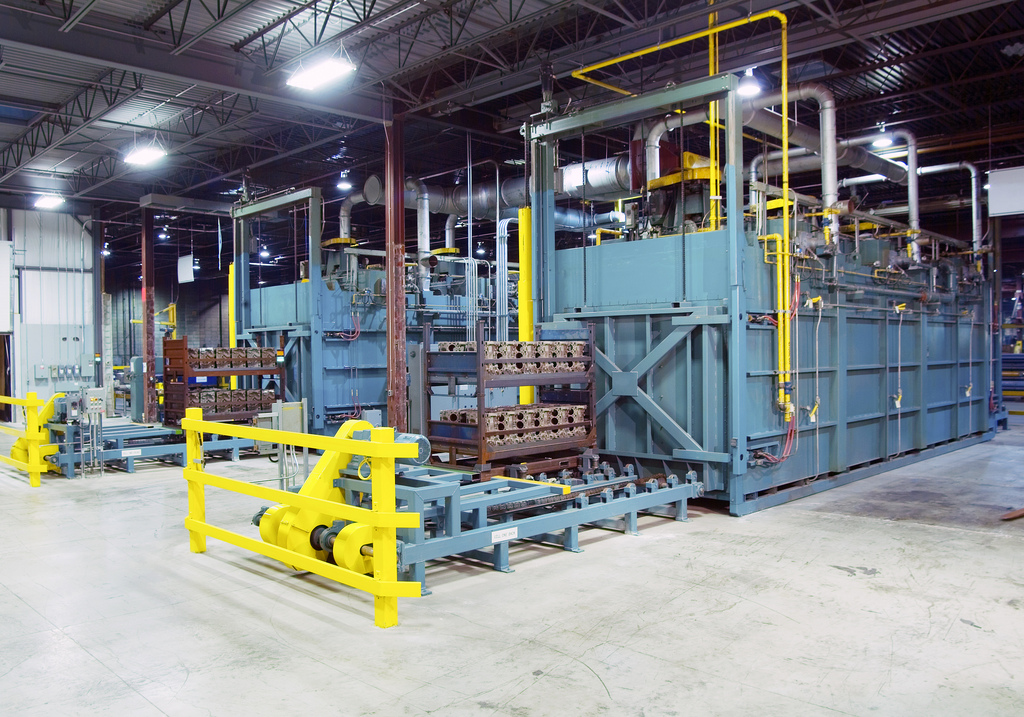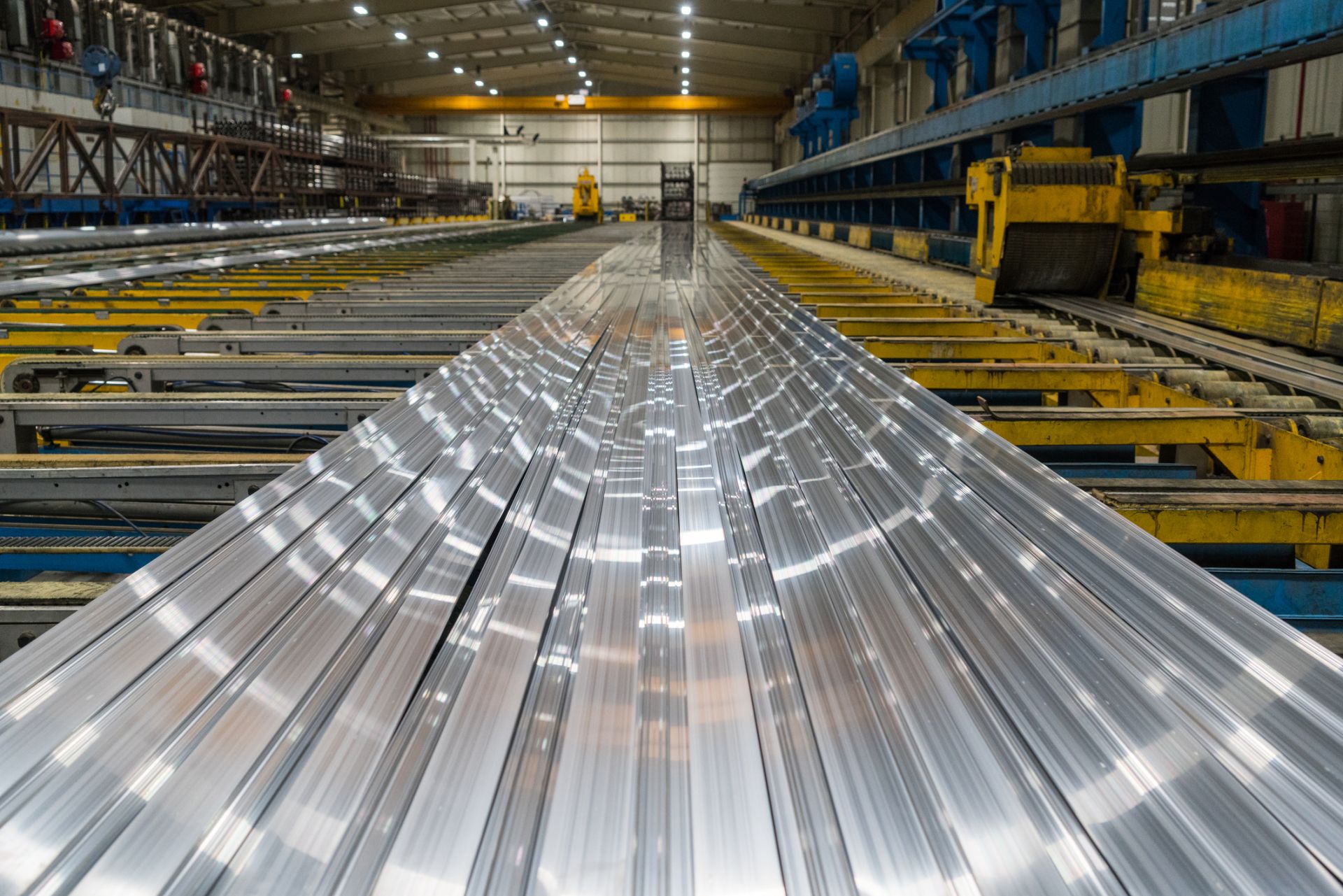There are different processes used to enhance the mechanical and physical properties of aluminum. In this article, we will talk about aluminum heat treatment. We will discuss what is aluminum heat treatment and it affects the material and its alloy.
You will also learn the different heat treatment types for aluminum. Let us understand how heat treatment is used to increase the strength of aluminum. Keep reading to learn more.
What is Aluminum Heat Treatment?

Aluminum heat treatment is a process of heating and cooling of the material. It is used for increasing the hardness and strength of the aluminum. Heat treatment can also change the residual stress state, metallurgical structure, and mechanical properties of the aluminum alloy.
There are several aluminum alloys that heat treatable. It includes the cast and wrought alloys. The series of 2000, 8000, 7000, and 6000 series of aluminum alloys can be precipitation hardened.
When using the process, take note that aluminum heat treating is not similar with heat treating steel.
How Aluminum Heat Treatment is Done?

Heat treating aluminum should be done using furnaces. The necessary thermal conditions required in the heat treatment process are provided by the furnace.
This equipment is also integrated with control instruments. Therefore, temperature-time cycle uniformity and continuity are retained.
The temperature of the aluminum heat treatment furnace used in the process will range 240⁰F to 1000⁰F. However, in the heat treatment process used.
All the process details should be controlled carefully and established appropriately. If that is the case, you can achieve an excellent final aluminum characteristic.
Different Types of Heat Treatment for Aluminum
Annealing

Aluminum materials undergo strain-hardening or work-hardening when it is shaped through plastic deformation. This deformation will cause the aluminum to have grain structure called slip planes. The slip planes make the aluminum easy to deform.
The more deformation occurs, fewer slip planes will be left. Therefore, further deformation must require more force.
In that case, the aluminum alloy is subjected to work hardening process. However, removing the strain hardening is the only way so plastic deforming can continue.
Aluminum alloy is applied with annealing process so the crystalline grain structure will be reset. It allows the slip planes to be restored. Therefore, effortless shaping can be possible again.
This type of heat treatment promotes softening to aluminum that is work-hardened or strained-hardened. It is also used for relieving stress that can occur during casting or cold forging. Annealing also stabilizes the metal’s dimension. It can also eliminates issues that may caused by warping and other internal strains.
The aluminum alloy should be heat treated with temperature ranging from 570⁰F up to 770⁰F to annealed. It must be set within this temperature for about 30 minutes up to 3 hours. There are variables that affects the temperature and time used. It includes alloy composition and part size.
- aluminum heat treatment t5
- 6061 aluminum heat treatment
- 7075 aluminum heat treatment
- t6 aluminum heat treatment
- 2024 aluminum heat treatment
- a356 aluminum heat treatment
- 2219 aluminum heat treatment
- 6061 t6 aluminum heat treatment
- a380 aluminum heat treatment
- 5052 aluminum heat treatment
- 3003 aluminum heat treatment
Quenching

Quenching is used to cool an aluminum alloy rapidly that causes the metal to harden and become stronger. The process involves heating the aluminum to a high temperature and then quickly immersing it in a liquid such as oil or water. The rapid cooling rate of the quenching medium causes the atoms within the aluminum to rapidly form a more stable crystal structure.
One important consideration when quenching aluminum is to use the appropriate quenching medium. Oil is commonly used for quenching aluminum alloys because it cools more slowly than water. Thus, allowing a more controlled cooling. It also helps in reducing the risk of warping or cracking. However, water can also be used to quench aluminum, depending on the alloy and the desired properties.
Additionally, it is important to note that not all aluminum alloys are suitable for quenching. Some alloy may require different method or may not respond to quenching at all. Furthermore, quenching should only be performed after proper heating to prevent cracking and other problems caused by thermal stress.
Also, the rate of cooling, temperature and the time spend on quenching are also crucial for the process and should be optimized depending on the specific alloy and desired properties.
Aging

This process is used to increase the strength of aluminum alloys. The process involves heating the aluminum to a temperature below its melting point.
During aging, the aluminum alloy goes through a process called natural aging or precipitation hardening. It is where the atoms in the alloy arrange themselves into a more stable, dense crystal structure. This process improves the strength of the aluminum alloy by increasing the density of the precipitates formed.
There are two types of aging process that can be applied to aluminum. The first one is called natural aging. It is which aluminum alloy is held at room temperature for a period of time. This process is applied for alloys that does not require high strength and further work.
The second type is called artificial or accelerated aging. It is applied for alloys that need high strength and that will be further work. This process is done by heating the aluminum to a temperature above room temperature for specific time.
Solution Heat Treatment

Solution heat treatment is used to improve the strength or ductility of aluminum alloys. The process involves heating the aluminum to a temperature above its solvus temperature.
It is the aluminum heat treatment temperature at which the alloy’s constituent elements will dissolve into a single phase solution. Then rapidly cooling it. The rapid cooling rate “freezes” the dissolved elements in solution giving the alloy improved mechanical properties.
After solution heat treatment, aluminum alloys generally need to go through a process called aging to fully develop their strength and ductility.
Precipitation Hardening

Precipitation hardening is used to increase the strength and hardness of aluminum alloys. The aluminum alloy us heated to a high temperature. Typically, around 180-250°C. Then holding it at that temperature for a period of time to allow for small particles, or precipitates, to form within the metal.
The most common precipitation hardening aluminum alloy is 7075. It has high strength and good toughness. These are used primarily in aerospace and other high-stress applications. Another example is the alloy Al-Cu-Mg commonly used for aerospace structures and some commercial applications.
Applications of Heat Treatment

Aerospace
Aluminum alloys are commonly used in aerospace applications due to their high strength-to-weight ratio. Heat treatment is used to increase the strength and toughness of these alloys, making them suitable for use in aircraft structures, engine components, and other high-stress applications.
Automotive
Heat treatment is used to increasing the strength and toughness of the alloys for use in engine components, transmission components, and suspension systems.
Sporting Goods
Aluminum alloys are commonly used in the manufacture of sporting goods, such as baseball and softball bats, hockey sticks, and golf clubs. Heat treatment is used to increase the strength and durability of these alloys, making them suitable for use in these high-impact applications.
Marine
Aluminum heat treatment is used to increase the strength and corrosion resistance of alloys used in marine applications.
Benefits of Aluminum Heat Treatment

Increased strength and hardness
Heat treatment can be used to increase the strength and hardness of aluminum alloys. Thus, making them more suitable for use in high-stress applications such as aerospace and automotive engineering.
Improved toughness
Heat treatment can be used to improve the toughness of aluminum alloys. This is important in applications where the material is subject to impact or other dynamic loading.
Increased fatigue resistance
Heat treatment can be used to increase the fatigue resistance of aluminum alloys. Therefore, making them more suitable for use in applications that experience cyclic loading.
Improved corrosion resistance
Heat treatment can be used to improve the corrosion resistance of aluminum alloys. This can be achieved by precipitating aluminum-rich phases that act as barriers to the corrosive medium.
Improved ductility
Heat treatment can be used to increase the ductility of aluminum alloys. It is necessary in applications where the material is subject to bending or other forms of deformation.
Improved thermal stability
Heat treatment can be used to improve the thermal stability of the aluminum. This makes the metal capable to maintain its mechanical properties at high temperatures. This is important in applications where the material is exposed to high temperatures.
Improved surface properties
Heat treatment can improve surface properties, such as hardness and corrosion resistance, which is important in applications where the material is exposed to wear or corrosion.
Conclusion
To summarize, aluminum heat treatment standard is a process used to alter the physical and mechanical properties of aluminum alloys.
There are several types of aluminum heat treatment, including annealing, solution heat treatment, and precipitation heat treatment.
Aluminum heat treatment is used in a wide range of applications, including aerospace, automotive, construction, and manufacturing.
The advantages of aluminum heat treatment include improved strength, hardness, ductility, and toughness.
It allows for better control of the microstructure of the aluminum. Thus, improving its performance in specific applications. Request aluminum heat treatment pdf for more informations.




